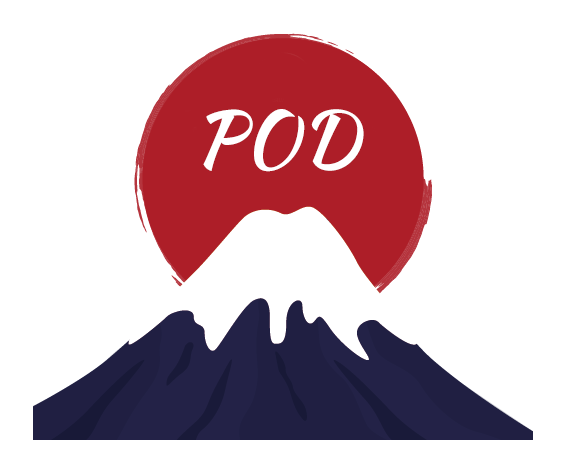Ukiyo-e, a traditional art form from Japan, is experiencing a resurgence in popularity. This unique art style, which originated during the Edo period (1603-1868), is characterized by intricate woodblock prints depicting scenes from everyday life, landscapes, and famous actors. In recent years, there has been a renewed interest in Ukiyo-e, both within Japan and internationally. This article explores the reasons behind the revival of Ukiyo-e and its significance as a cultural heritage.
1. Historical Background:
Ukiyo-e emerged as a popular form of art during the Edo period, when the country was under strict isolationist policies. The prints were affordable and accessible to the common people, allowing them to experience a sense of escapism and enjoy glimpses of the vibrant urban culture of the time. Ukiyo-e artists depicted a wide range of subjects, including beautiful courtesans, kabuki actors, landscapes, and historical events.
2. Decline and Rediscovery:
With the advent of modernization and the introduction of Western art forms, Ukiyo-e gradually declined in popularity. However, in recent years, there has been a renewed interest in this traditional art form. Collectors, scholars, and art enthusiasts have started recognizing the historical and artistic value of Ukiyo-e prints. Museums and galleries are dedicating exhibitions and programs to showcase Ukiyo-e masterpieces, attracting a new generation of art lovers.
3. Techniques and Materials:
One of the unique aspects of Ukiyo-e is the woodblock printing technique used to create these prints. The process involves carving the desired image onto a wooden block, which is then inked and pressed onto paper. The vibrant colors, intricate details, and delicate lines are achieved through the careful layering of different woodblocks. Ukiyo-e artists also used traditional materials such as handmade paper and natural pigments, adding to the charm and authenticity of the prints.
4. Influence on Western Art:
Ukiyo-e had a significant impact on Western art during the late 19th century. Artists such as Vincent van Gogh, Claude Monet, and Edgar Degas were inspired by the unique composition, use of color, and depiction of everyday life in Ukiyo-e prints. This influence can be seen in their works, particularly in the use of flat planes, bold colors, and unconventional perspectives.
5. Contemporary Revival:
In recent years, Ukiyo-e has gained a new following, particularly among younger generations. The appeal of Ukiyo-e lies in its timeless beauty, cultural significance, and connection to Japan's rich history. Artists and printmakers are now creating modern interpretations of Ukiyo-e, blending traditional techniques with contemporary themes and styles. This fusion of old and new has attracted a diverse audience, both in Japan and abroad.
Conclusion:
The rediscovery of Ukiyo-e is a testament to the enduring appeal of Japan's traditional art forms. As more people recognize the historical and cultural significance of Ukiyo-e, this art form is making a remarkable comeback. Its influence on Western art, unique techniques, and timeless beauty continue to captivate audiences worldwide. The revival of Ukiyo-e not only preserves Japan's cultural heritage but also inspires a new generation of artists and art enthusiasts.
Related recommendations:
Products designed with the 10 most popular ukiyo-e themes.

